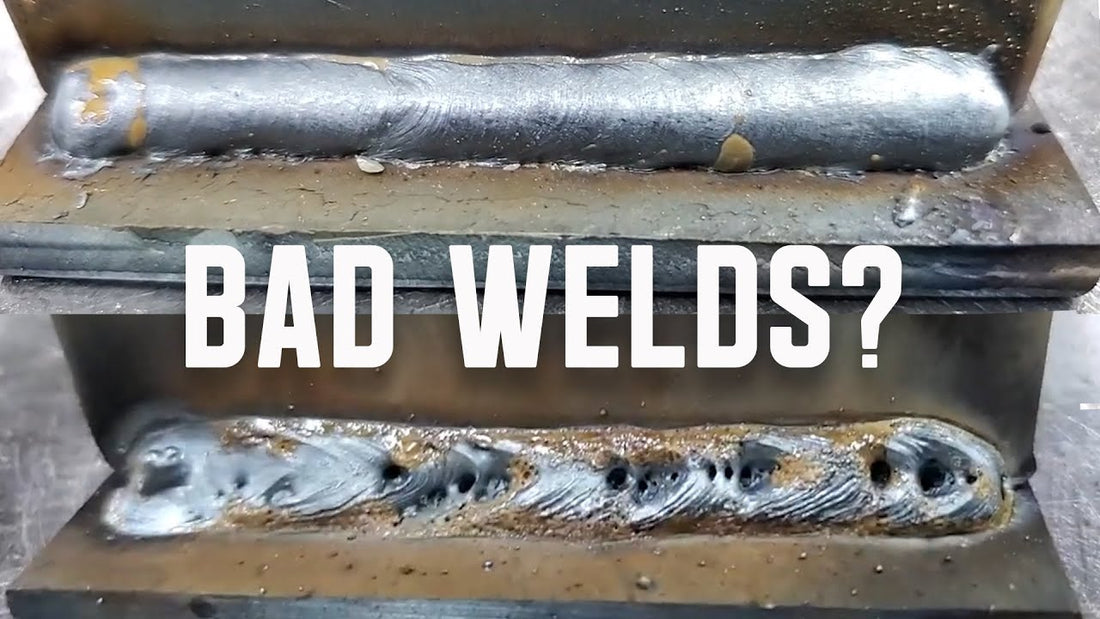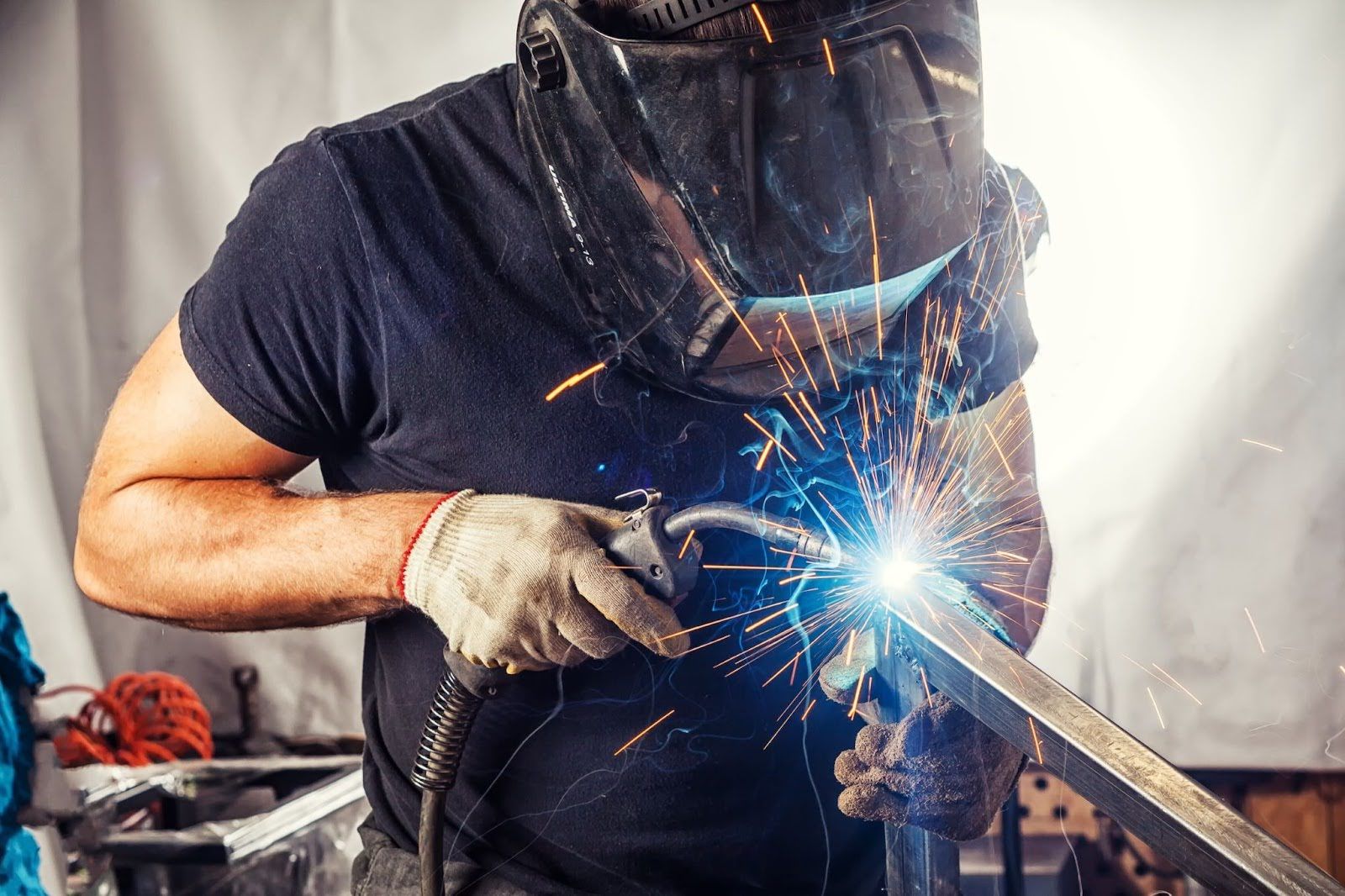Professional Approaches for Preventing Weld Undercut Properly
Professional Approaches for Preventing Weld Undercut Properly
Blog Article
Necessary Tips for Welders: Protecting Against Undercut Welding and Ensuring Stronger Weld Joints
In the world of welding, attaining resilient and strong weld joints is the foundation of producing top quality job. One common challenge that welders commonly run into is undercut welding, which can jeopardize the integrity of the weld joint.

Comprehending Undercut Welding
Undercut welding is a common welding issue that happens when the weld steel stops working to properly fill up the groove and results in a groove-like anxiety along the weld bead. This defect damages the weld joint, making it vulnerable to fracturing and failing under stress. Damaging can be created by various variables, including extreme welding existing, high welding rate, incorrect electrode angle, inaccurate electrode dimension, and poor welding strategy.
One of the major factors for undercut welding is a discrepancy between the welding current and the welding speed. If the welding current is as well high or the welding rate is too fast, the weld metal might not appropriately fill up the groove, leading to undercutting. Additionally, making use of an electrode that is too big can result in a similar result, as the excess metal can not appropriately stream into the groove.
To avoid undercut welding, welders ought to ensure they are using the proper welding specifications, preserve an appropriate electrode angle, pick the appropriate electrode dimension, and technique correct welding strategies. By attending to these variables, welders can minimize the risk of damaging and produce more powerful, extra reputable weld joints.
Proper Welding Method
Efficient welding technique plays an important duty in making certain the quality and stability of weld joints. One basic aspect of appropriate welding technique is keeping the appropriate angle and range between the welding weapon and the work surface.
Additionally, a steady and regular hand movement is essential for producing solid and durable weld joints. Welders ought to aim for smooth, uniform motions to ensure also circulation of the weld material. Proper control of the welding weapon and filler product is likewise crucial to achieving ideal penetration and fusion.
Furthermore, controlling the warm input and picking the ideal welding parameters based upon the product being bonded are critical consider attaining premium welds - Preventing weld undercut. Welders need to comply with the suggested setups provided by welding procedure specifications and readjust them as required based upon the certain needs of the task. By mastering appropriate welding techniques, welders can substantially improve the strength and reliability of their weld joints
Choosing the Right Electrode
When thinking about the importance of choosing the best electrode in welding applications,Preserving the right angle and range in between the welding weapon and the work surface is basic. The option of electrode plays a vital function in establishing the top quality and toughness of the weld joint. Electrodes can be found in different kinds, each developed for specific purposes and materials.
First of all, picking the proper electrode size is important. Thinner electrodes are appropriate for welding slim materials, while thicker electrodes are better for thicker materials and greater heat applications. Matching the electrode size to the thickness of the work surface helps accomplish a balanced weld.
Secondly, understanding the material composition of the electrode is crucial. Various electrodes are created for welding specific products like steel, stainless-steel, light weight aluminum, or cast iron. Making use of the proper electrode product ensures great combination and decreases the danger of flaws in the weld.
Finally, considering the welding position and technique is vital when picking the electrode kind. Particular electrodes are better matched for upright or above welding settings, while others work well for flat or straight settings. Picking the right electrode based upon the welding method improves the general weld high quality and integrity.
Preparing the Base Steel
To make sure a successful welding process, what initial steps should be taken when preparing the base steel for welding? Appropriately preparing the base steel is crucial for accomplishing resilient and solid weld joints. The primary step in preparing the base steel is to clean it thoroughly to get rid of any contaminants such as rust, paint, dirt, or oil. This can be done making use of a cord mill, chemical, or brush solvents. Additionally, any existing weld product or residue from previous welding must be eliminated to make sure a tidy surface area you can check here for the new weld.

Carrying Out Post-Weld Evaluations

After conducting these analyses, welders must contrast the outcomes against sector criteria and job demands to make sure that the weld joint fulfills all essential standards. Any type of insufficiencies or inconsistencies uncovered during the post-weld assessment must be without delay addressed through ideal restorative procedures to assure the weld's honesty. By diligently carrying out post-weld assessments and quickly dealing with any concerns, welders can maintain the high quality and integrity of their work, ultimately adding to the safety and long life of the bonded structures.
Conclusion

To conclude, preventing undercut welding and guaranteeing more powerful weld joints call for a mix of proper welding strategy, choosing the best electrode, preparing the base steel correctly, and carrying out post-weld examinations. By recognizing the sources of undercut welding and executing the needed preventative measures, welders can create premium weld joints that fulfill sector standards and make certain the structural honesty of the bonded elements.
Undercut welding is a typical welding flaw that takes helpful site place when the weld steel stops working to effectively fill up the groove and results in a groove-like anxiety along the weld bead (Preventing weld undercut). Damaging can be caused by numerous elements, including too much welding existing, high welding rate, inappropriate electrode angle, incorrect electrode size, and poor welding technique
One of the primary factors for undercut welding is an inequality in between the welding present and the welding rate. If the welding current is as well high or the welding speed is also fast, the weld metal might not sufficiently fill up the groove, leading to undercutting.Maintaining the right angle and distance in between the welding weapon and the workpiece is basic when taking into consideration the importance of picking the right electrode in welding applications.
Report this page